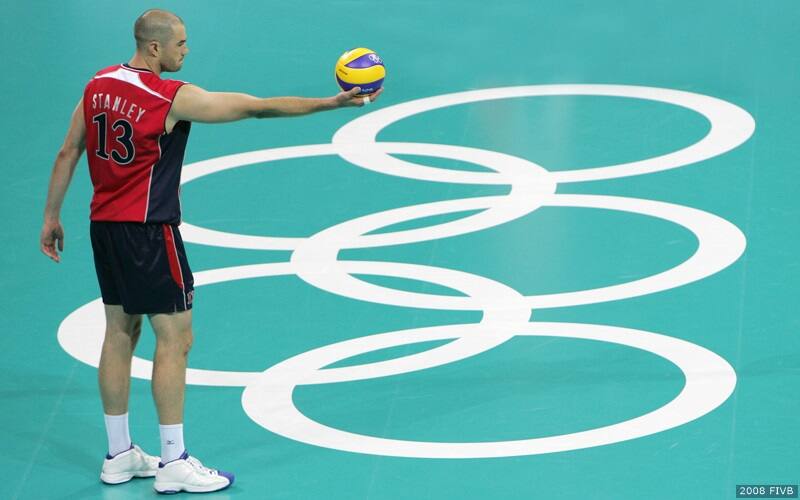
Originally published in VolleyballUSA, Fall 2009 issue
It’s common to focus on kills and aces when you’re swapping stories about great performances on the volleyball court. If you’re a coach or a player, though, the two things that correlate most directly with winning matches are limiting hitting and serving errors. That’s a big focus for the U.S. Women’s National Team under coach Hugh McCutcheon.
McCutcheon uses this example, “If you have a high school team that sides out at 55 percent and scores points at 45 percent, that means every time they give the opponent the ball, they have a 9-in-20 chance of winning the point. And every time the opponent gives the ball to them, they have an 11-in-20 chance. But every time they hit out – or serve out – there’s a zero in 20 chance of scoring a point. So there just isn’t a lot of reason to hit the ball out or serve out. The numbers are the numbers.”
Put another way, there’s a heavy price to pay as a player if you ignore the circumstances and just try to bring the noise as a hitter or server on every play.
“Let’s say you’re looking to teach serving,” said USA Volleyball CEO Doug Beal, who coached three indoor U.S. Men’s Olympic Teams, including the 1984 gold medalists. “It’s way more important as a coach to emphasize how to serve accurately and to the appropriate zone or individual than it is to teach a jump server how to hit the ball like Clay Stanley.”
Stanley, an opposite hitter who won the 2008 Olympic Games MVP award, produced big blasts with his serve in Beijing to help the U.S. win its first men’s Olympic indoor gold in 20 years. But trying to emulate Stanley as a server is like trying to emulate LeBron James before you learn how to consistently make a layup.
Beal said the same is true for hitting.
“You want to teach outside hitters how to kill the ball,” he said. “But it’s more important to teach them when they can kill a ball. You have to factor in how good the set is and how good the block is and if they’re in a good position to take a good swing.”

